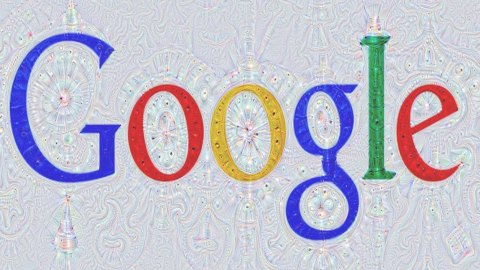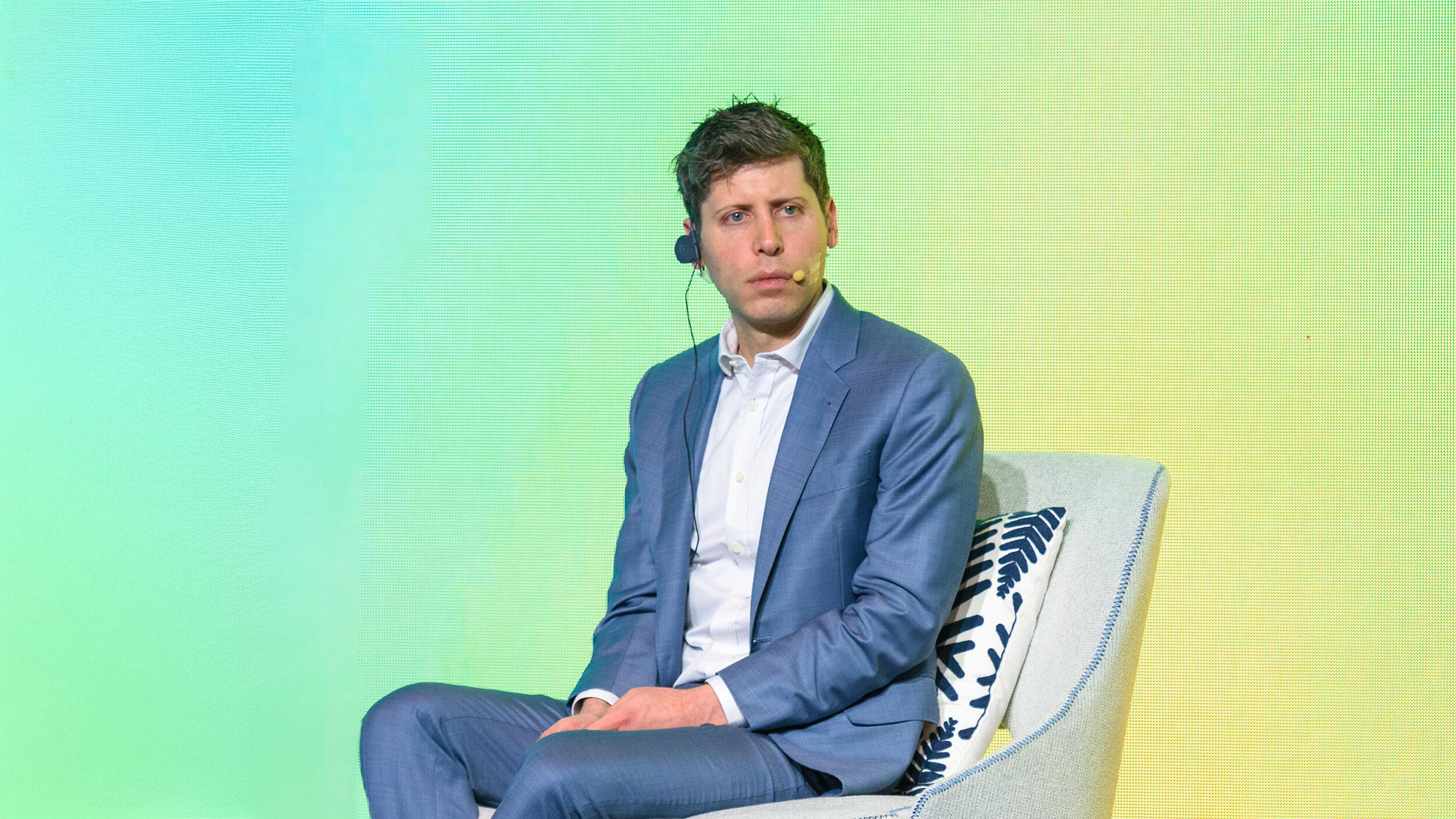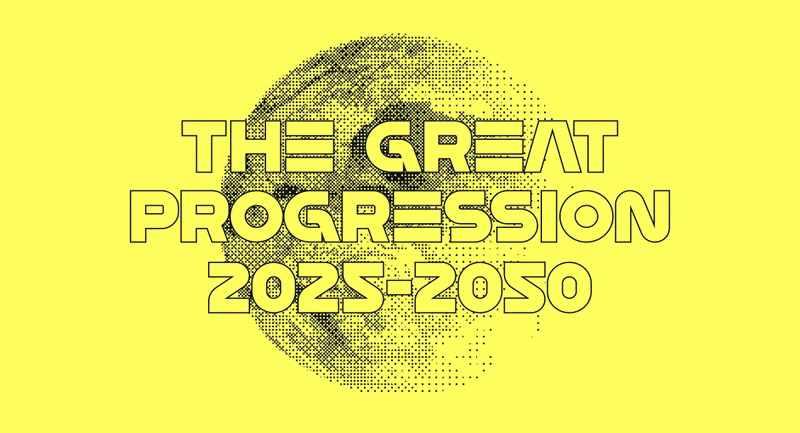Google Neural Network Produces Psychedelic Imagery

Artificial neural networks are increasingly being used to enable technologies such as image recognition, handwriting recognition, and speech recognition. But what would happen if instead of training neural networks to recognize features in images, you flipped the process on its head and trained it to emphasize those features in other images? Google’s researchers put that question to the test and discovered to their surprise that the neural networks were able to generate new dreamlike images, even just out of white noise. The decidedly psychedelic results range from beautiful, to nightmarish.





In the pictures below, the neural network was trained to enhance different types of features in random noise and then gradually tweaked toward the interpretation that the researchers were looking for:

The process isn’t perfect; for example when asked to classify a dumbbell it provided pictures of a dumbbell attached to a disembodied human arm:

The fact that the sample images used in the experiment contained a high proportion of images of animals explains the bizarre results below (we can only imagine what might have happened if Google safe search wasn’t switched on).
“This network was trained mostly on images of animals, so naturally it tends to interpret shapes as animals. But because the data is stored at such a high abstraction, the results are an interesting remix of these learned features.”





No one can deny the bizarre likeness between the images and reports of psychedelic hallucinations. We have long known that hallucinogenic drugs have a unique ability to make us see relationships that do not really exist, which is precisely what the neural networks were asked to look for in the images above. Perhaps this explains the images’ psychedelic nature.
“Even a relatively simple neural network can be used to over-interpret an image, just like as children we enjoyed watching clouds and interpreting the random shapes”.

But these neural networks aren’t just useful for creating trippy wallpapers for your desktop; the technology also helps enable you to run an image search using nothing but an image. To read more about this project, check out Google’s development blog. The project couldn’t help but remind me of a fascinating project that successfully reconstructed video footage from human brain activity, which I blogged about a few years ago at Nature’s Scitable blog.
If and when the technologies behind these two projects are merged, I’m sure we can expect even more exciting results.
Follow Neurobonkers on Twitter, Facebook, Google+, RSS, or join the mailing list to get each week’s post straight to your inbox.




